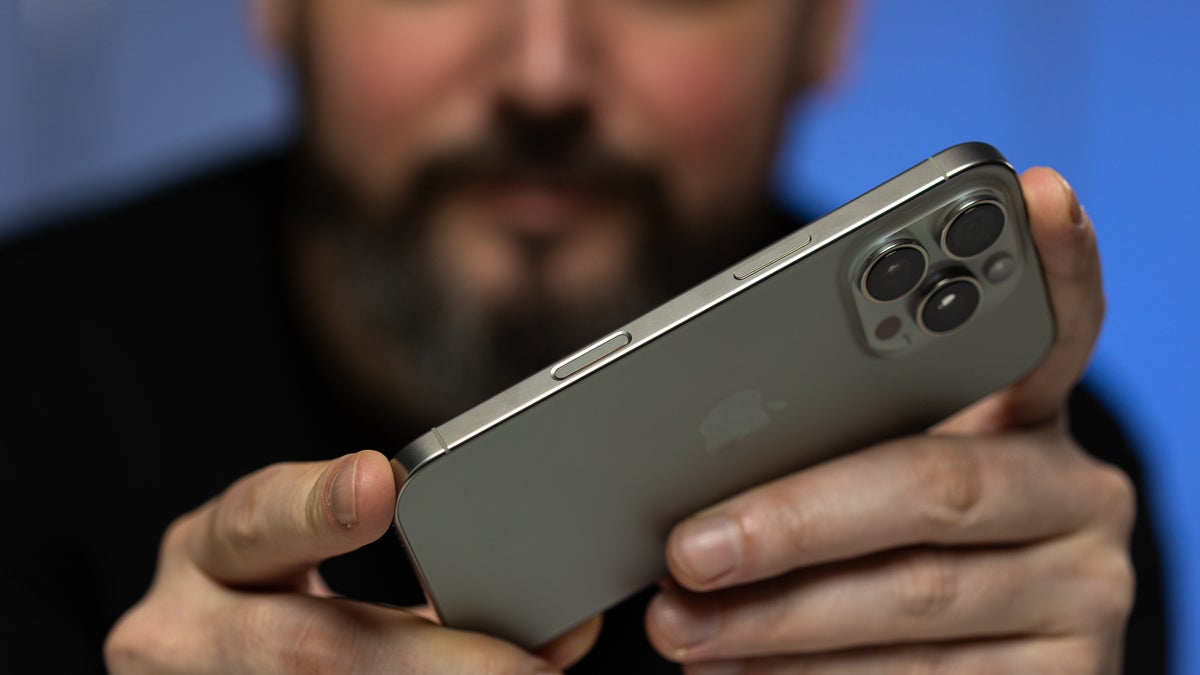The Camera Control button, introduced with Apple’s iPhone 16, was once pitched as a landmark innovation for mobile photography. Yet just two years later, whispers from the supply chain suggest that the feature may not survive beyond the iPhone 17. 
Reports claim Apple could quietly phase it out with the 2026 iPhone 18, largely due to low user adoption and production costs.
The rumor originated from a Chinese leaker on Weibo, but the credibility is uncertain. This source is better known for amplifying other leaks than for delivering verified insider news. And considering that the iPhone 17 hasn’t even hit shelves, it feels premature to call the fate of a hardware feature in a model still two years away.
What is certain is that the Camera Control button has never inspired universal love. Some Apple fans enjoyed the tactile click and advanced shooting shortcuts, but many dismissed it as unnecessary when the on-screen camera app already does the job. Competing brands briefly flirted with their own versions – Realme, Oppo, and Nubia showcased copycat buttons after Apple’s launch – but Samsung and Google stayed away. That silence from the industry’s heavyweights may hint at how little traction the idea has outside of Cupertino loyalists.
Apple’s past hardware gambles, like axing the headphone jack or introducing the notch, were polarizing but ultimately shaped the wider smartphone market. The Camera Control button doesn’t seem to carry the same cultural weight. If it disappears, most users likely won’t notice, much less mourn its absence. After all, nearly every Android phone lets you double-press a lock or volume key to open the camera – simple, effective, and button-efficient.
Still, there’s a twist. Apple has been building its future around Apple Intelligence, including visual AI features tied to physical inputs. It’s possible the Camera Control button could morph into a shortcut for those tools instead of vanishing altogether. Dropping it completely would clash with Apple’s push to give AI a tangible presence on the iPhone.
Whether the button stays, evolves, or disappears, it’s a reminder that not every experiment reshapes the smartphone world. Sometimes even Apple has to admit when a new button is just one button too many.